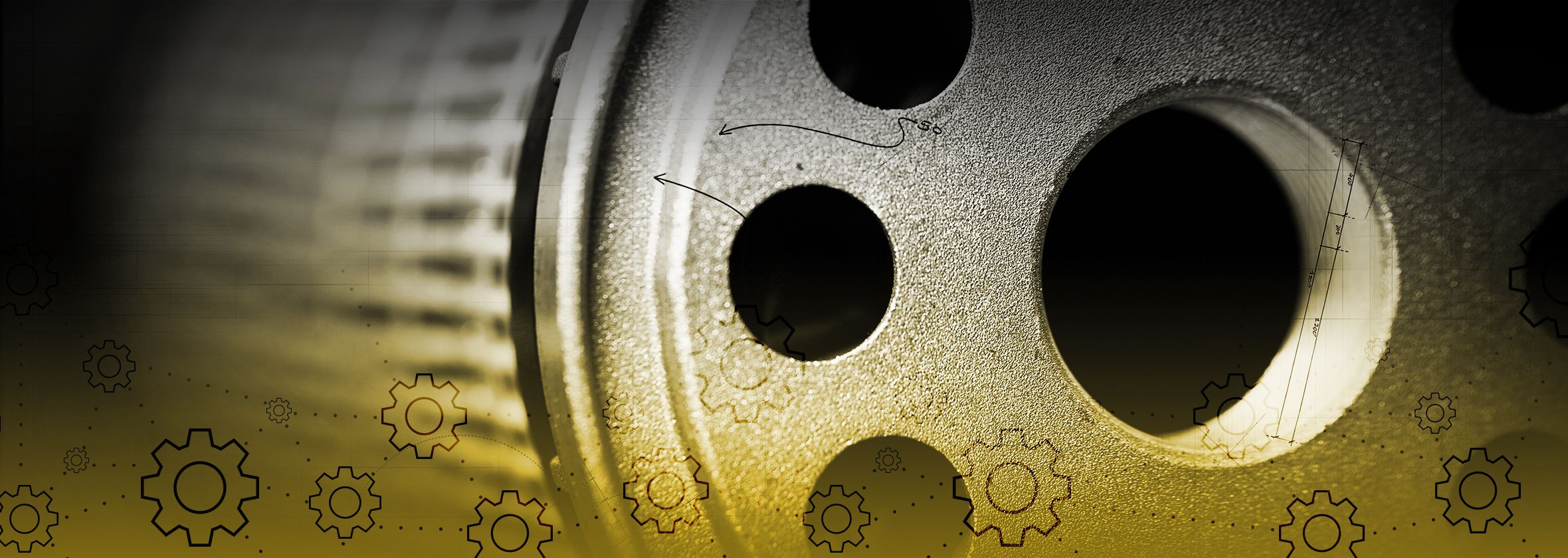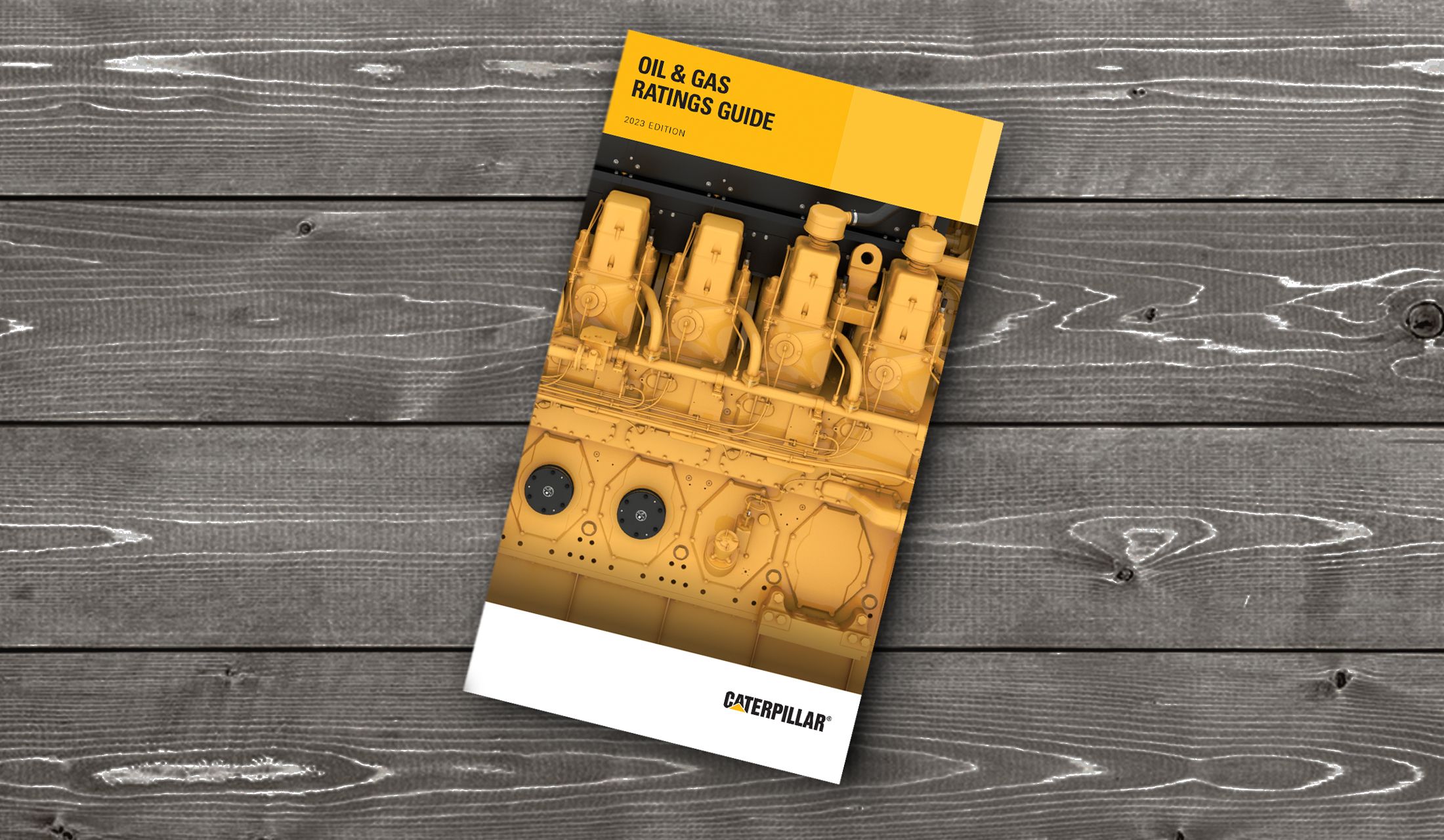

Sign In
Welcome! Sign In to personalize your Cat.com experience
If you already have an existing account with another Cat App, you can use the same account to sign in here
Register Now
One Account. All of Cat.
Your Caterpillar account is the single account you use to log in to select services and applications we offer. Shop for parts and machines online, manage your fleet, go mobile, and more.
Account Information
Site Settings
Security
A better filter saves you money
Look inside to see the difference
It’s common to view filters as a commodity — and to see them as an easy place to save a few bucks. After all, how different can one brand really be from the next? The reality is, even though most filters look the same on the outside, the differences INSIDE can be significant. The small amount you save upfront by choosing a cheaper product can cost you big in repairs and downtime later on.
Consider the differences between a Cat® Ultra High Efficiency Oil Filter designed for use in your Cat diesel engines and a typical no-name oil filter:
CAT® ULTRA HIGH EFFICIENCY OIL FILTERS |
NO-NAME OIL FILTERS |
Synthetic media fibers are smaller and more uniform in shape, so they can trap more material and smaller contaminants. Increased surface area improves and sustains filter efficiency over time. |
Cellulose media fibers are larger and more irregular, which means they can’t trap as many contaminants (or particles as small). Performance and efficiency tend to drop off over the life of the filter. |
Spiral roving holds the entire media in place, keeping contaminants from working their way into the clean side of the filter. |
Flexing pleats allow more particles to travel through them, releasing 45% more wear-causing contaminants into the engine. |
Acrylic beads rigidly maintain pleat spacing and maximize the filter’s surface area — capturing and holding contaminants until the required change interval. |
Pleat bunching is common, reducing useful media area and shortening filter life. |
Nylon-reinforced center tubes eliminate metal contamination and are 30% stronger than metal tubes, helping prevent collapse during pressure spikes or cold starts. |
Metal center tubes often carry metal contaminants left over from manufacturing, which can cause wear. |
Molded polyurethane end caps completely seal the clean side from the dirty side, eliminating gaps and keeping contaminants where they belong. |
Glued-on metal end caps can create gaps that allow contaminants to reenter from the clean side. |
What’s all that mean for you? Here’s the bottom line: Choosing a Cat Ultra High Efficiency Oil Filter may cost you a bit more, but it pays off in the long run. Less contamination, less wear and longer life on key components means you ultimately spend less money on repairs — and your engines spend more time on the job earning you money.
Some companies make filters to sell filters. At Caterpillar, we make filters to protect your Cat oil and gas equipment. Ready to see the long-term savings Cat filters can deliver for your operation? Your local dealer has what you need in stock, including engine oil, air and fuel filters.
THE SMALL AMOUNT YOU SAVE UPFRONT BY CHOOSING A CHEAPER PRODUCT CAN COST YOU BIG IN REPAIRS AND DOWNTIME LATER ON.
Related Stories
-
5 Storage Tips For Oil & Gas Equipment
Reduce the risk of corrosion and damage and make sure your engines, electric motors, transmissions and pumps are ready to go when market conditions change or new projects get underway.
Learn More -
Download Cat Oil and Gas Ratings Guide
Download Cat Oil and Gas Ratings Guide: Learn how to achieve greater operational flexibility and lower your fuel costs. Read about the materials and specifications of the petroleum engines needed for your projects with the Cat® Oil and Gas Engine Ratings Guide. Please complete the form to download yours today.
Learn More




